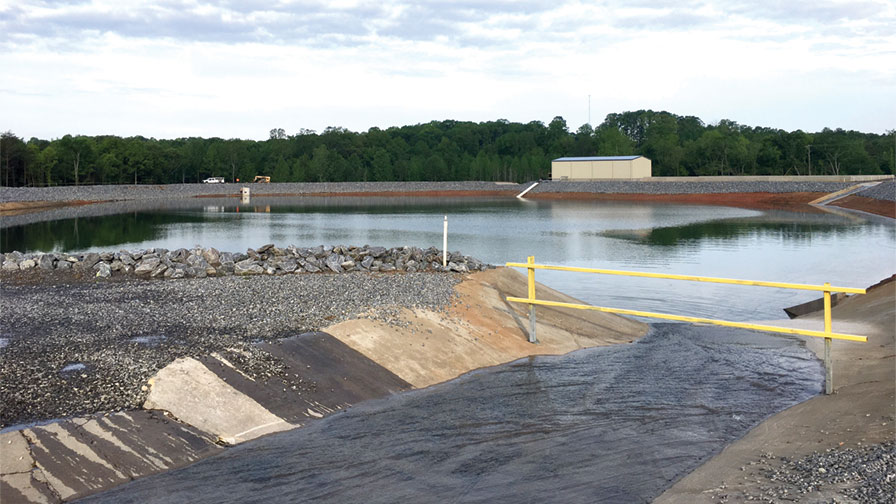Research Aims to Improve Water Quality in Retention Ponds
 Retention ponds can play an important role in helping greenhouse growers manage storm water. It’s not clear, however, how they influence water quality as the water flows from roof to pond and, ultimately, to surrounding watersheds.
Retention ponds can play an important role in helping greenhouse growers manage storm water. It’s not clear, however, how they influence water quality as the water flows from roof to pond and, ultimately, to surrounding watersheds.
According to the Agricultural Adaptation Council, the Ontario Greenhouse Vegetable Growers (OGVG) have launched a project, supported by the Canadian Agricultural Partnership, with researchers from the Great Lakes Institute for Environmental Research (GLIER) at University of Windsor, to close some of the knowledge gaps around these ponds.
Through sampling and analysis of water from different retention pond types and sizes at four different sites, a phosphorus assessment will be developed focusing on Leamington tributaries like Sturgeon Creek, which is home to the majority of Ontario’s greenhouse vegetable producers.
“We’ve gotten very good in our lab at diagnostically looking at shifts in microbial systems in healthy versus stressed environments,” says GLIER’s Dr. Christopher Weisener. “Coupled with our work on stable isotopes, it lets us look very specifically at what types of cycles and chemical transformations are happening — and compare the impact of current pond systems with those used 15 or 20 years ago.”
By the end of the two-year project, the goal is to be able to develop realistic and applicable management recommendations for greenhouse growers that will help reduce phosphorus pressures on Lake Erie. Currently, blanket recommendations exist, but development of strategies for the different pond types will be very valuable for the sector, according to Nathan Warkentin, OGVG Energy & Environment Analyst. Not only will it help growers improve their environmental performance, but there could be economic benefits too.
“One of the things we want to learn is whether these ponds enhance nutrient retention or contribute to nutrient load in surrounding watersheds — and whether sediment in the ponds serve as nutrient sources or sinks,” Warkentin says.
“Supporting innovation to grow the agriculture sector in a sustainable fashion is a priority,” says Lawrence MacAulay, Minister of Agriculture and Agri-Food. “This investment is a great example of how the Canadian Agricultural Partnership will give farmers the tools they need to help them feed Canadians, while protecting our environment.”
“We are fortunate to find this avenue of funding to support engagement between growers and academia and have partnerships like this to address challenges in the sector,” adds Dr. Scott Mundle of GLIER.
The project is eligible to receive just over $140,000 in cost-share funding through the Canadian Agricultural Partnership. The Agricultural Adaptation Council also assists in the delivery of the Partnership in Ontario.









